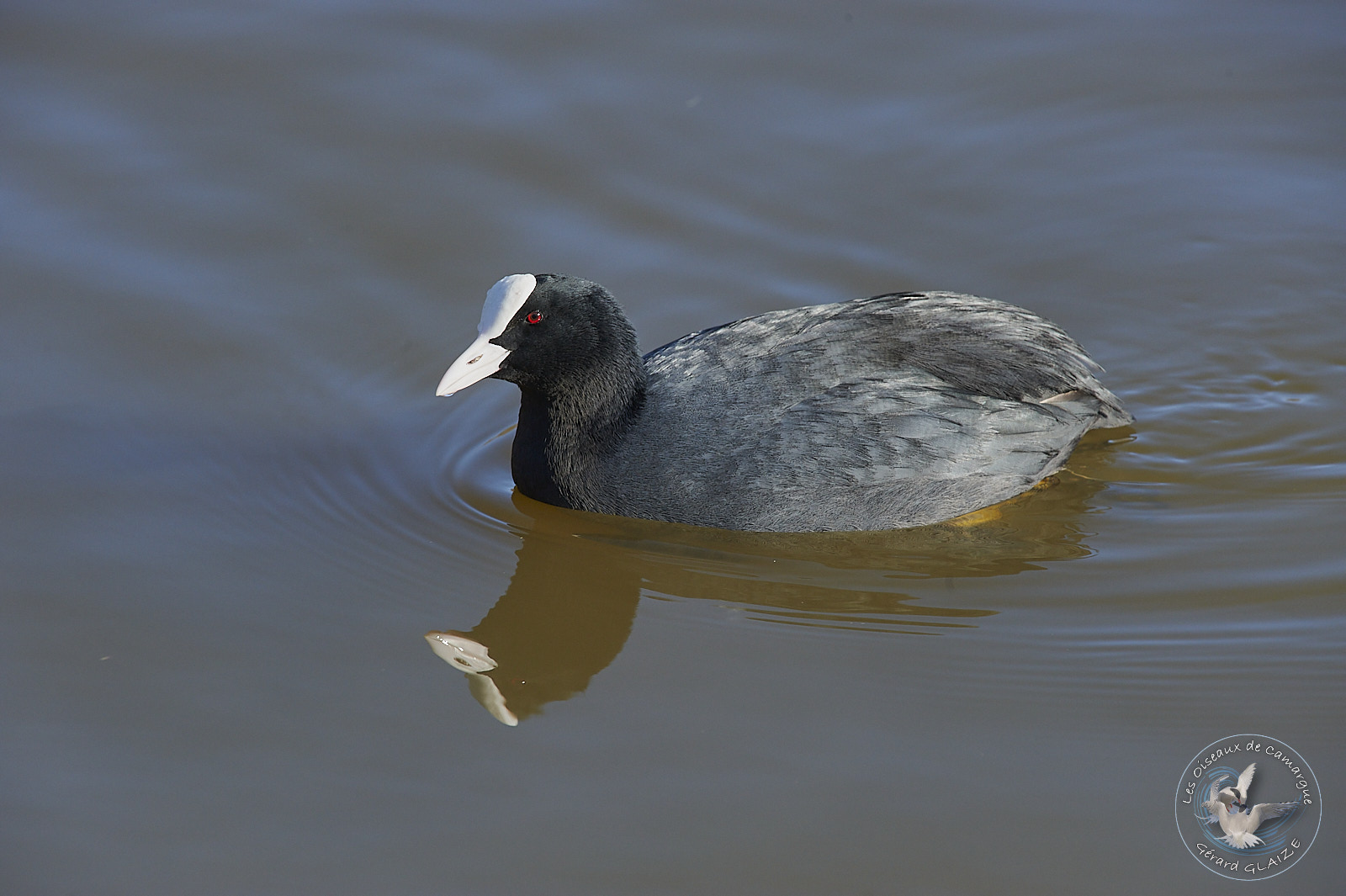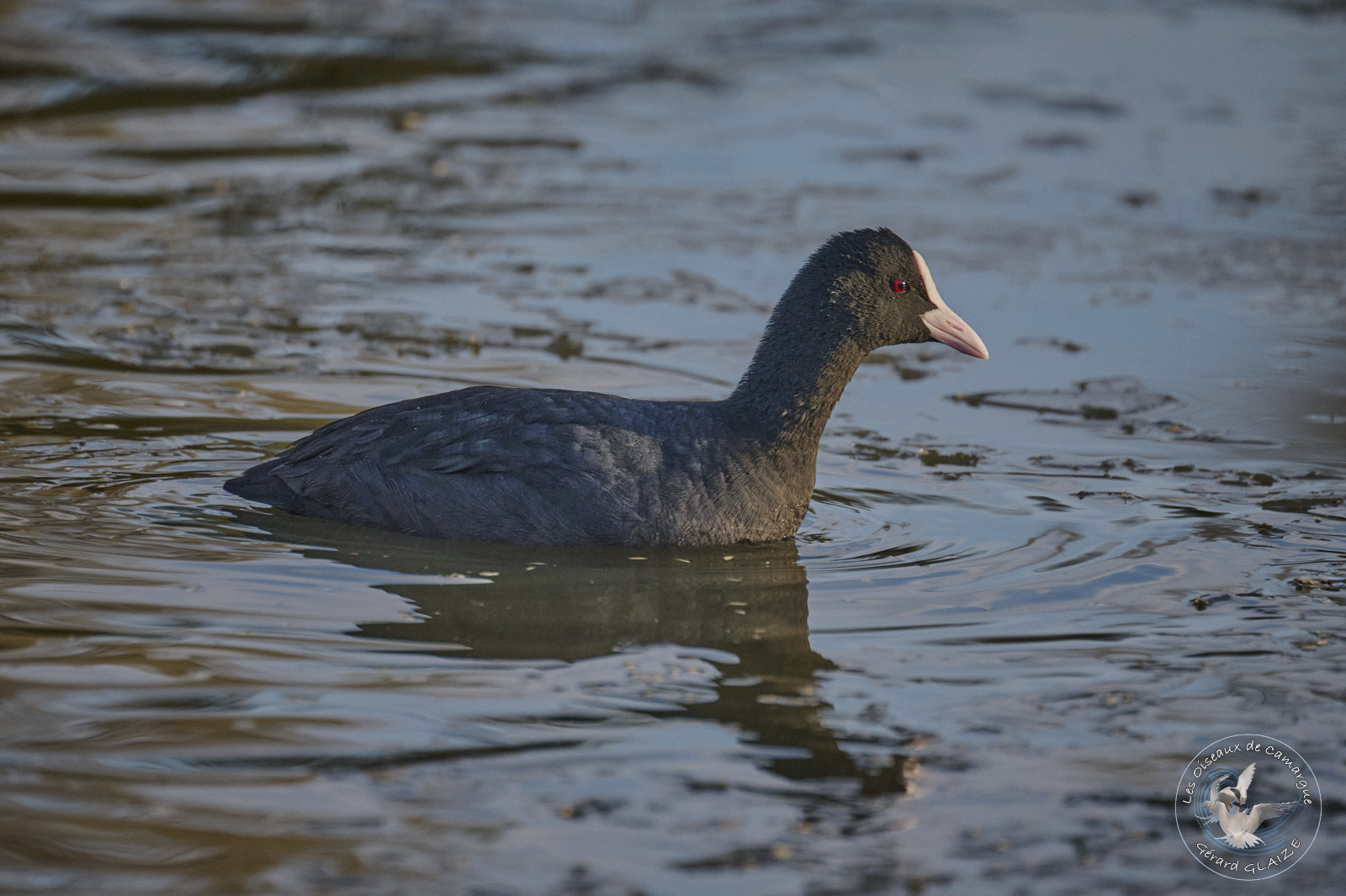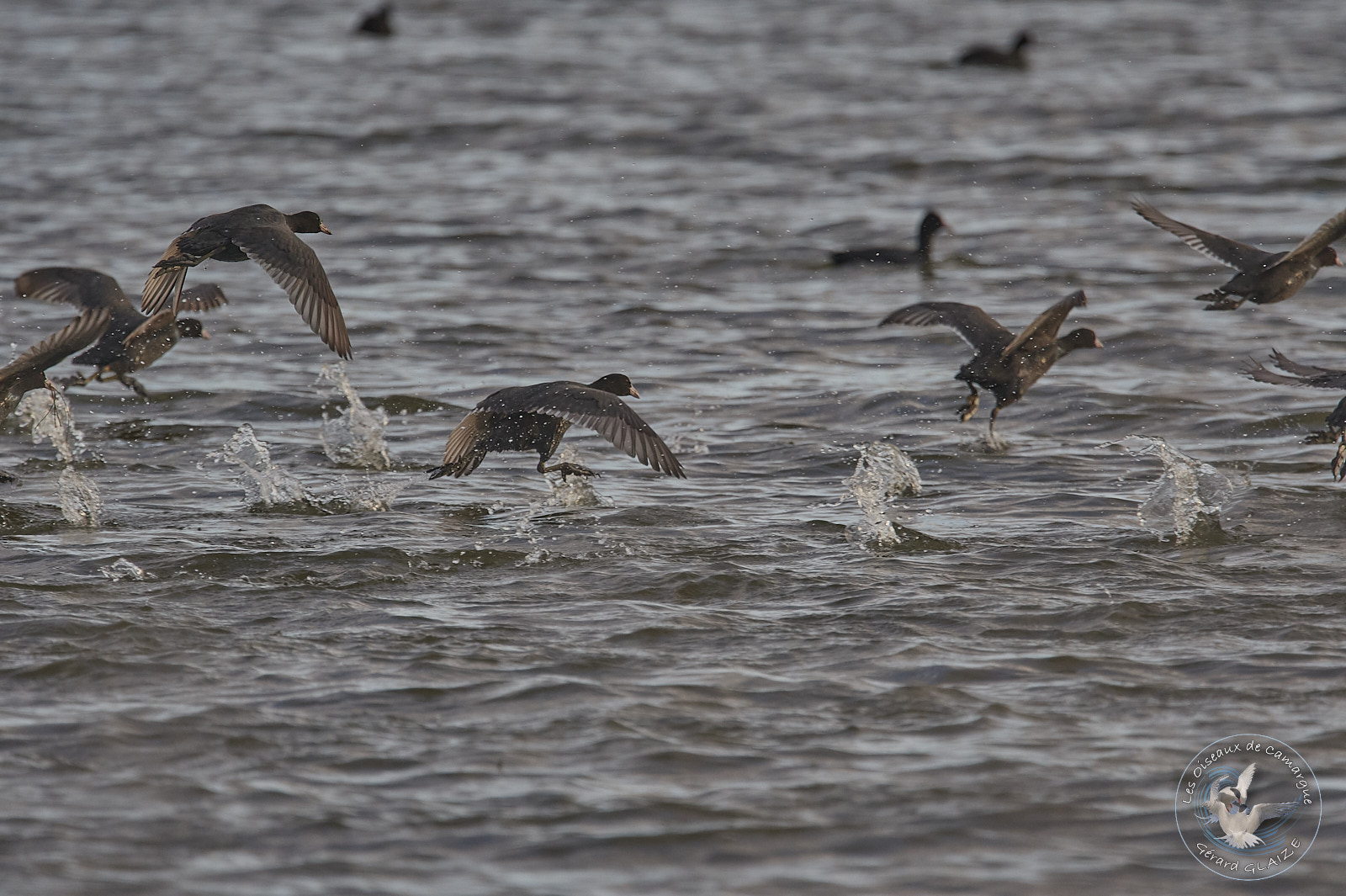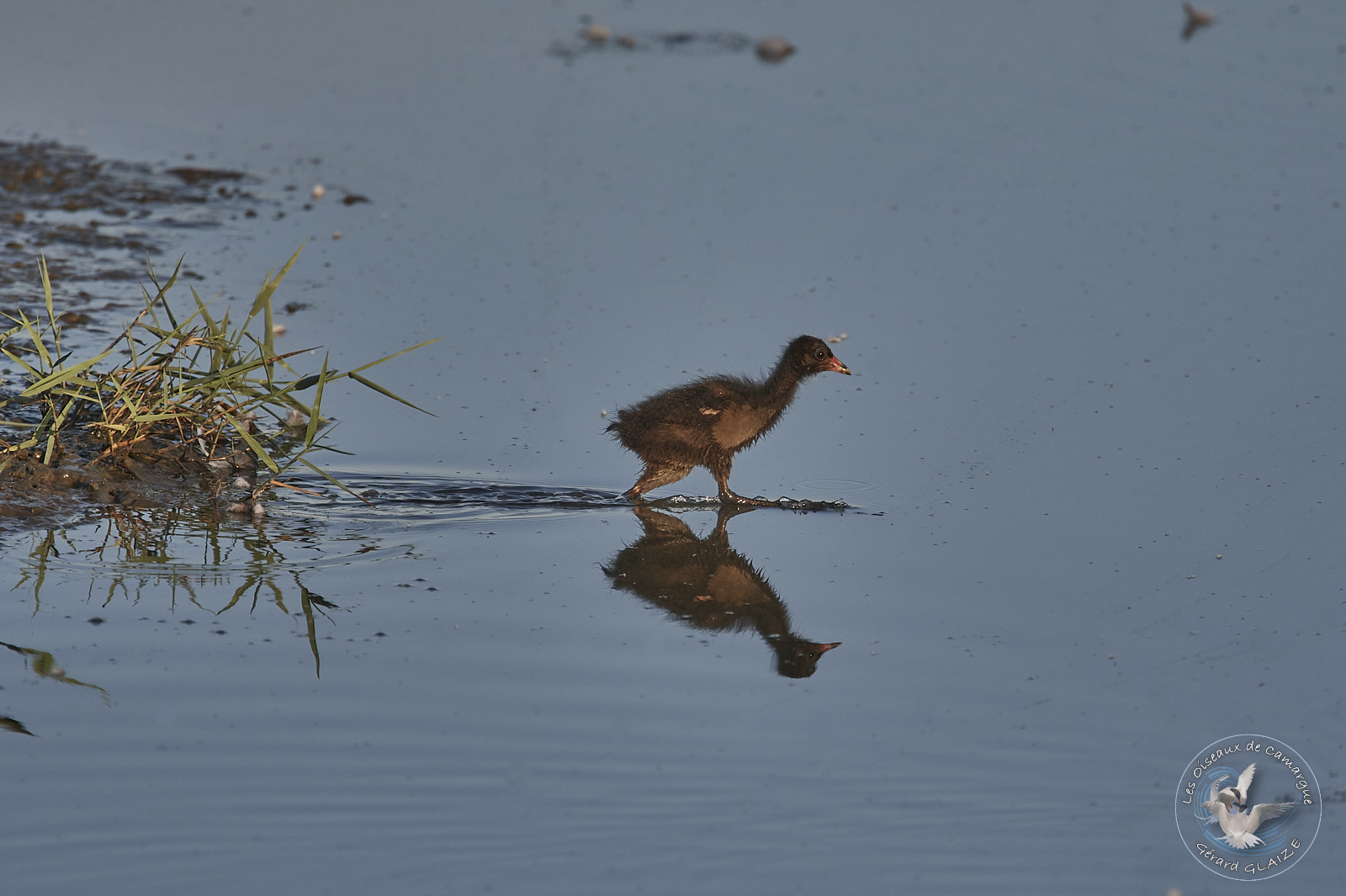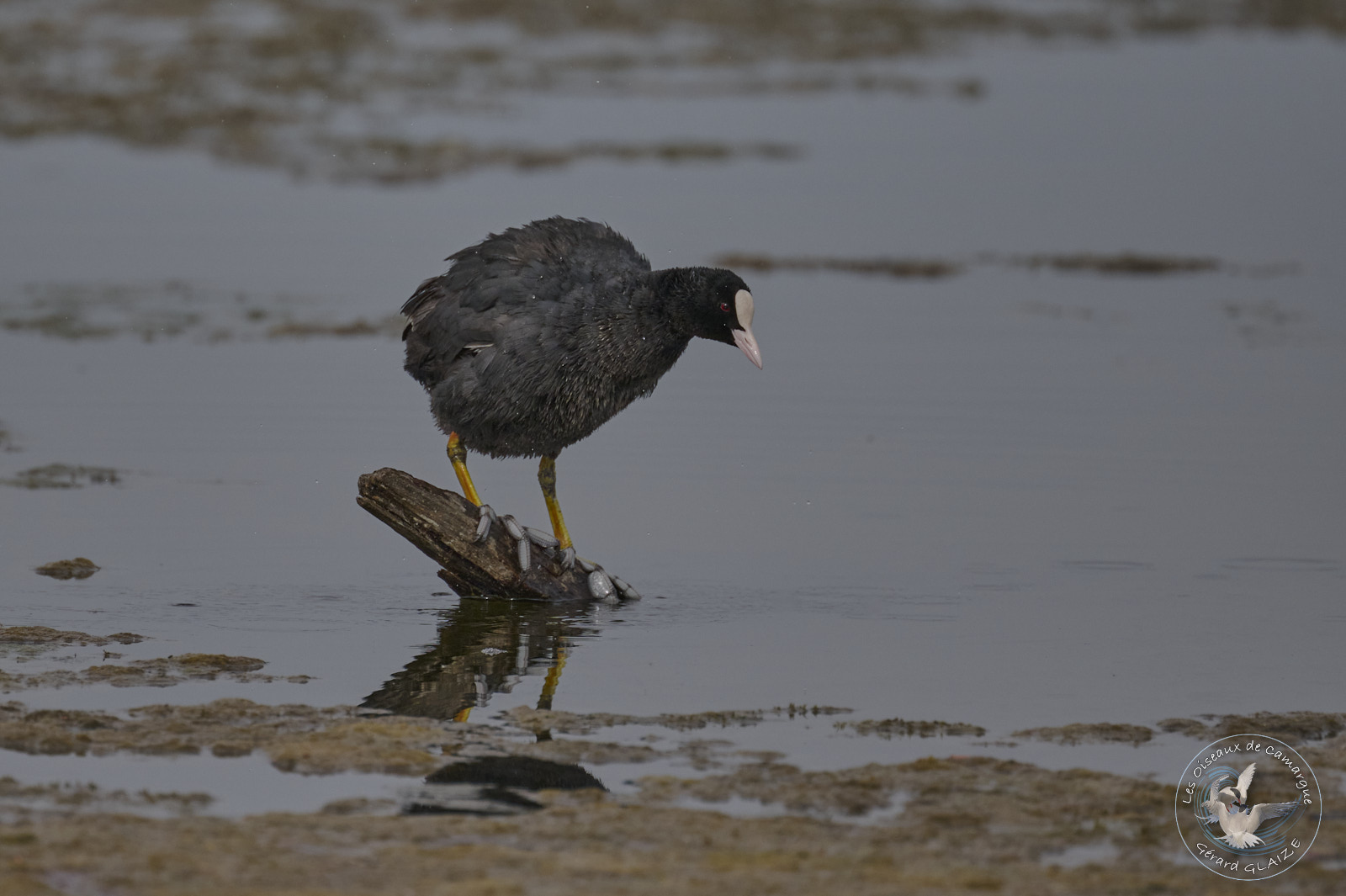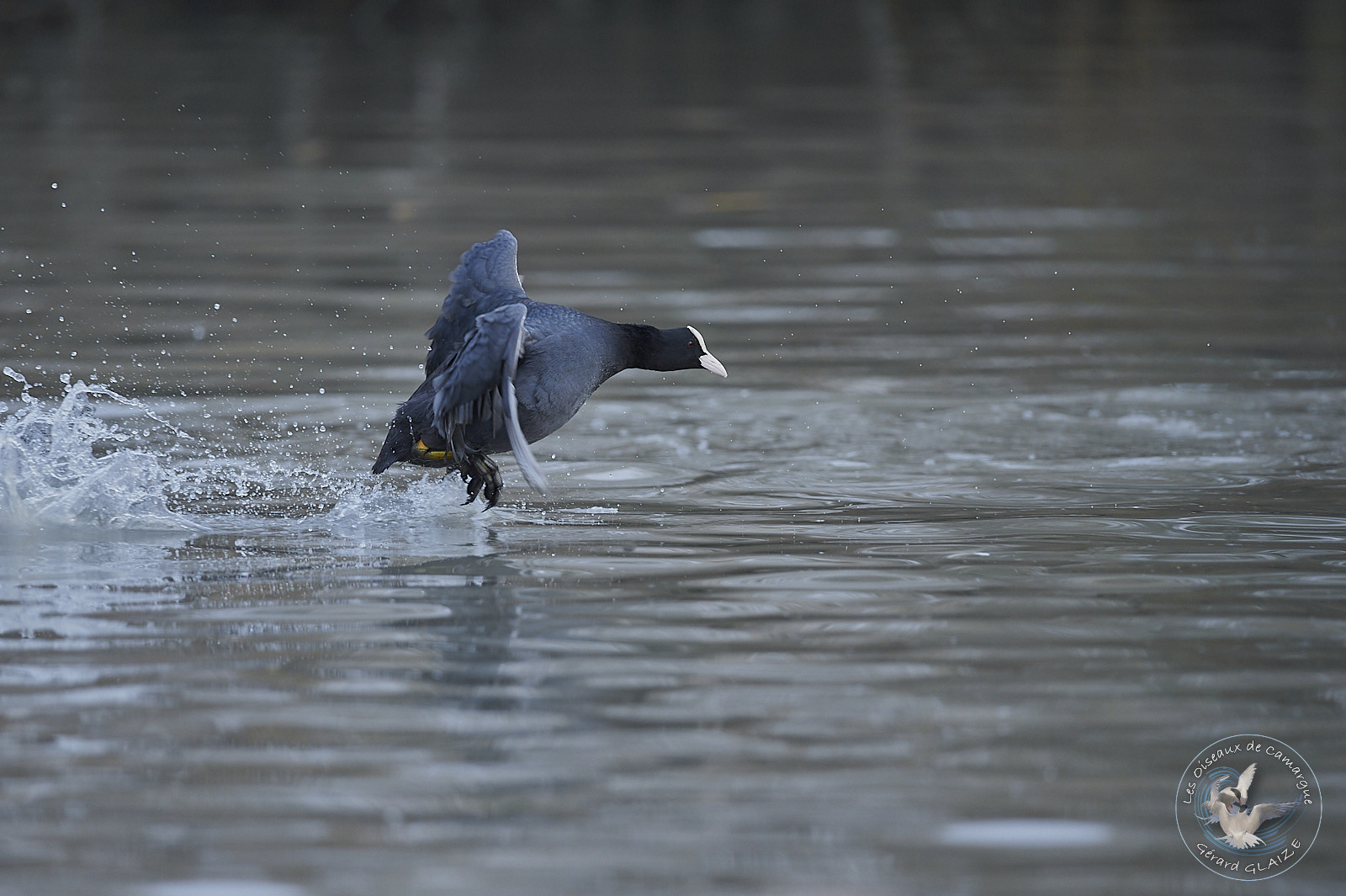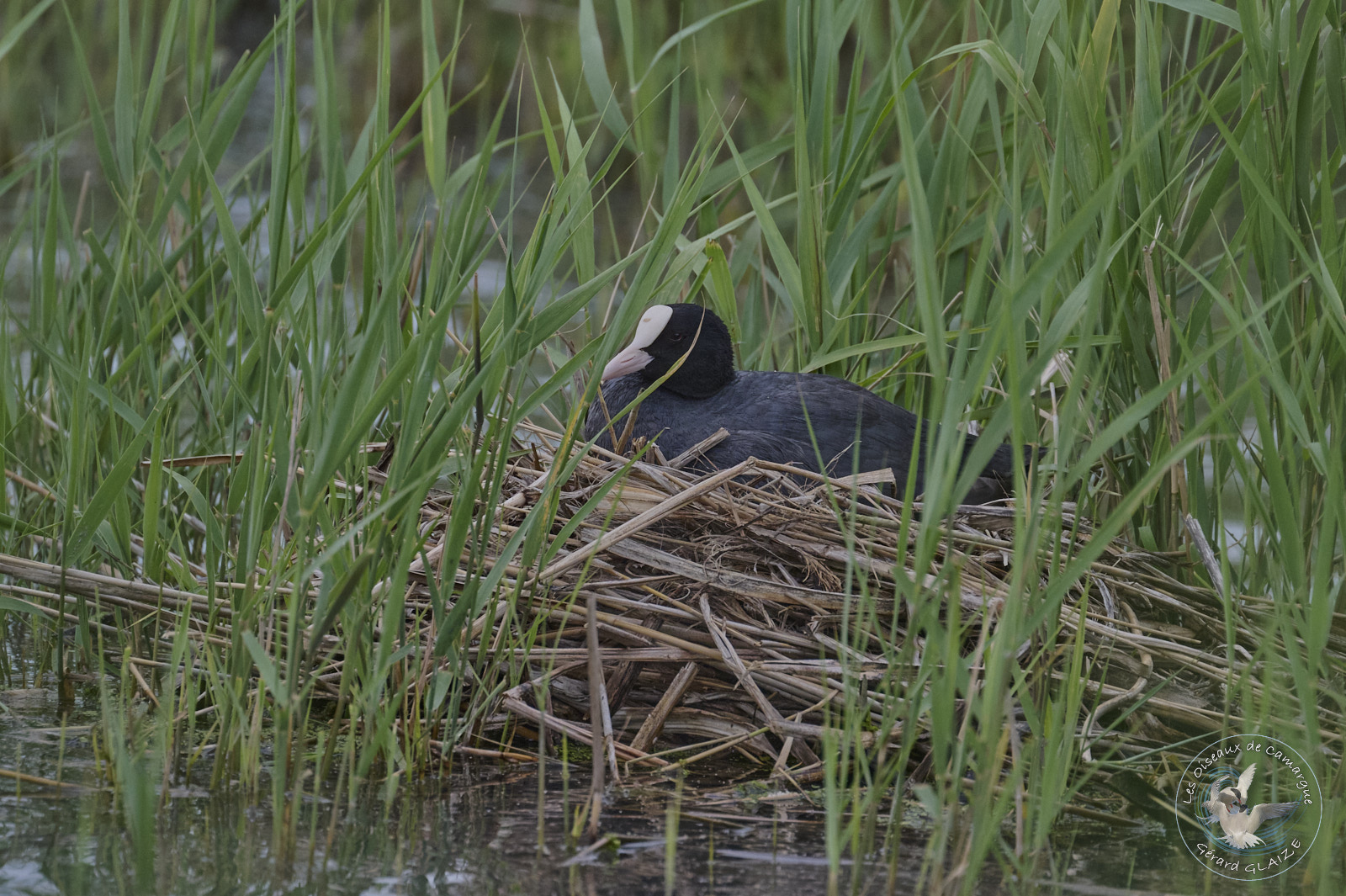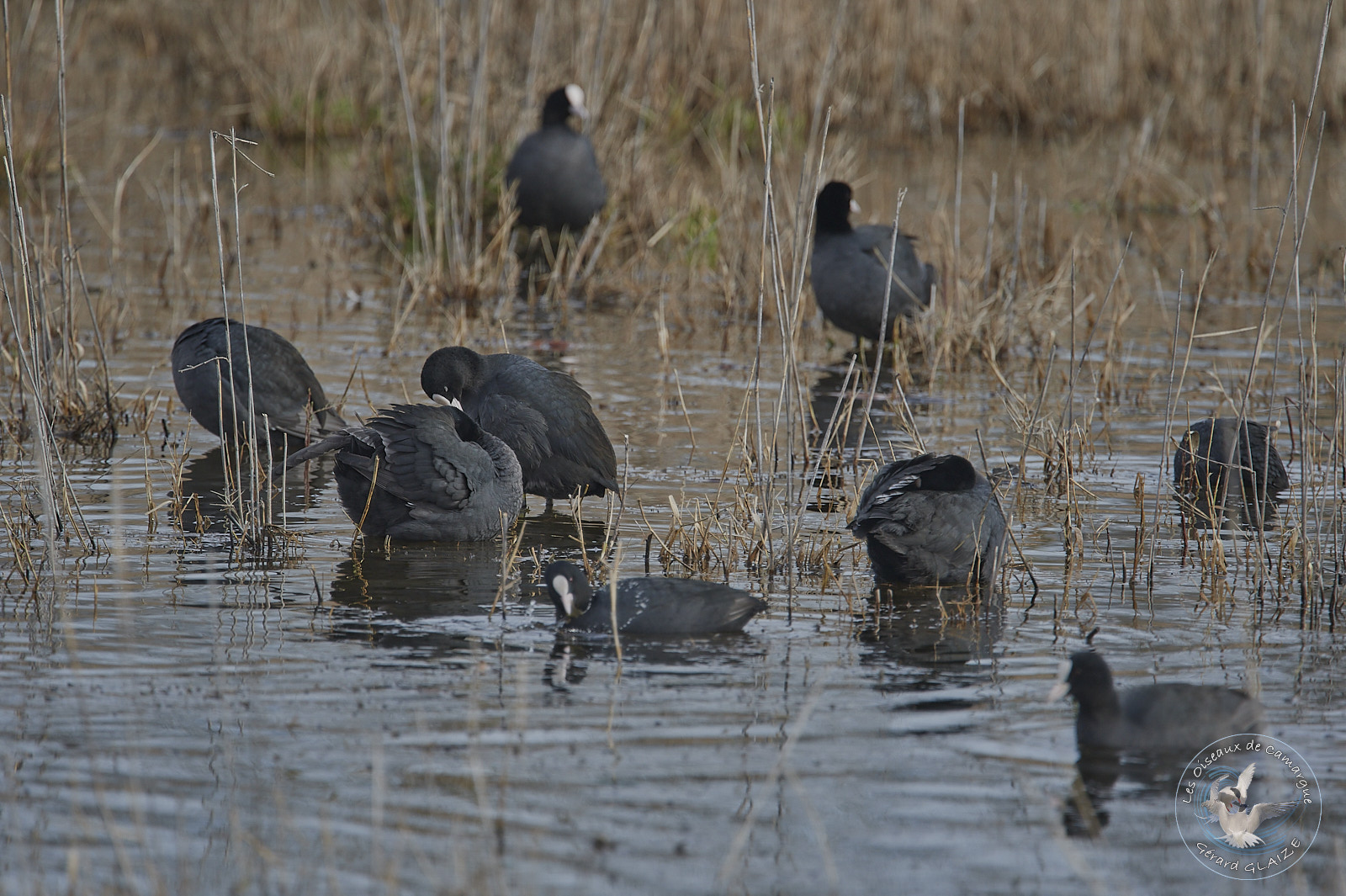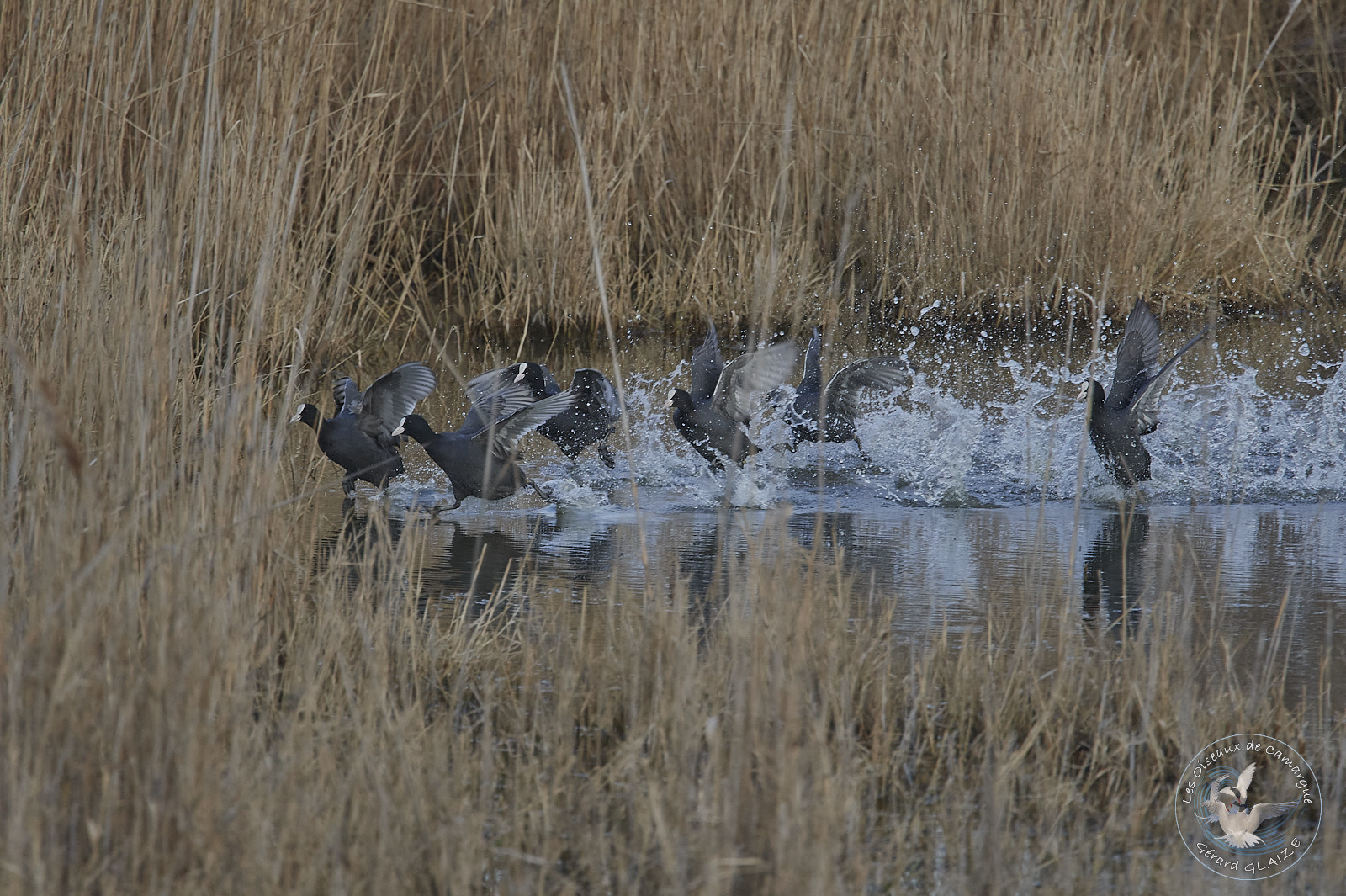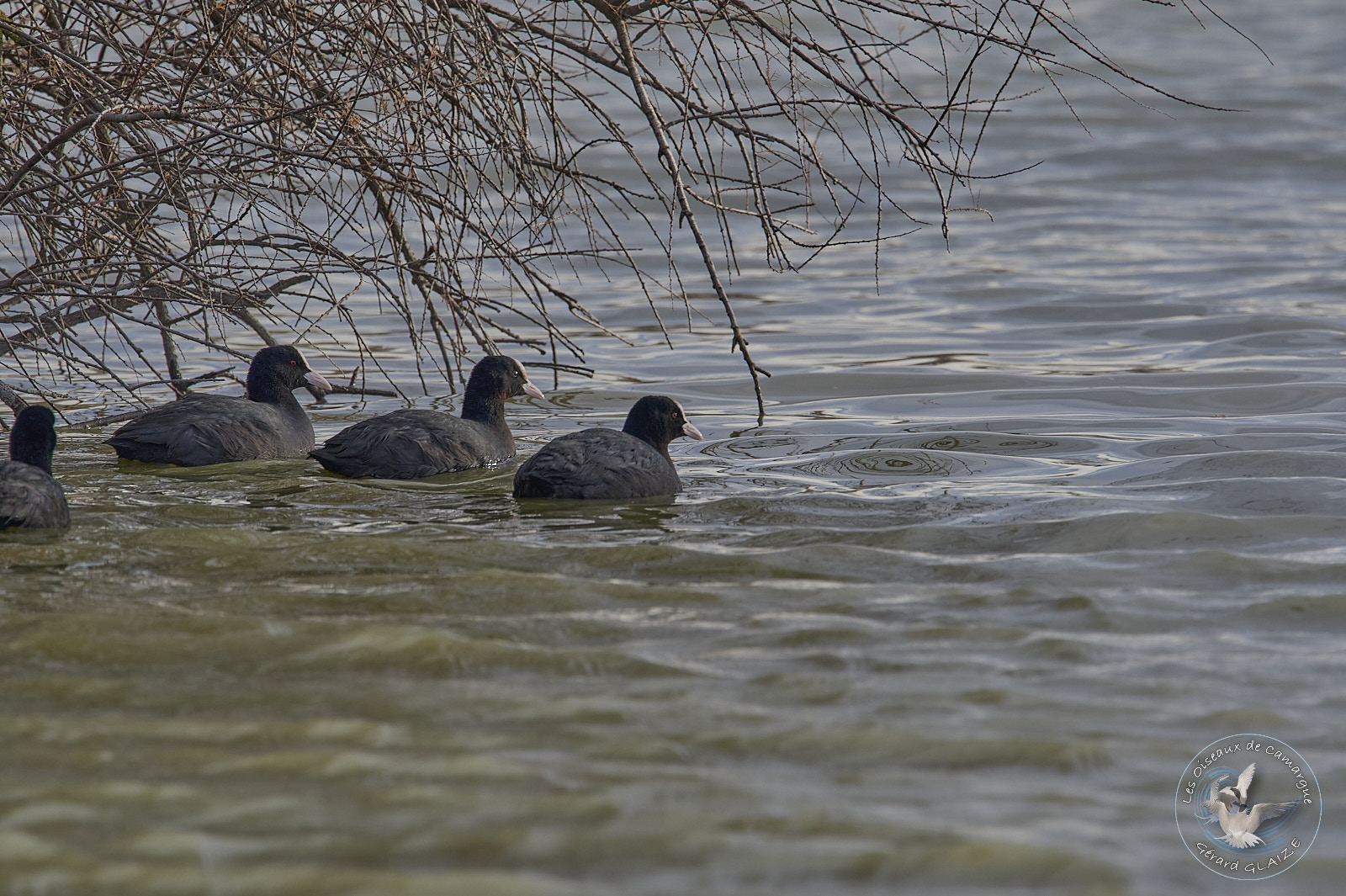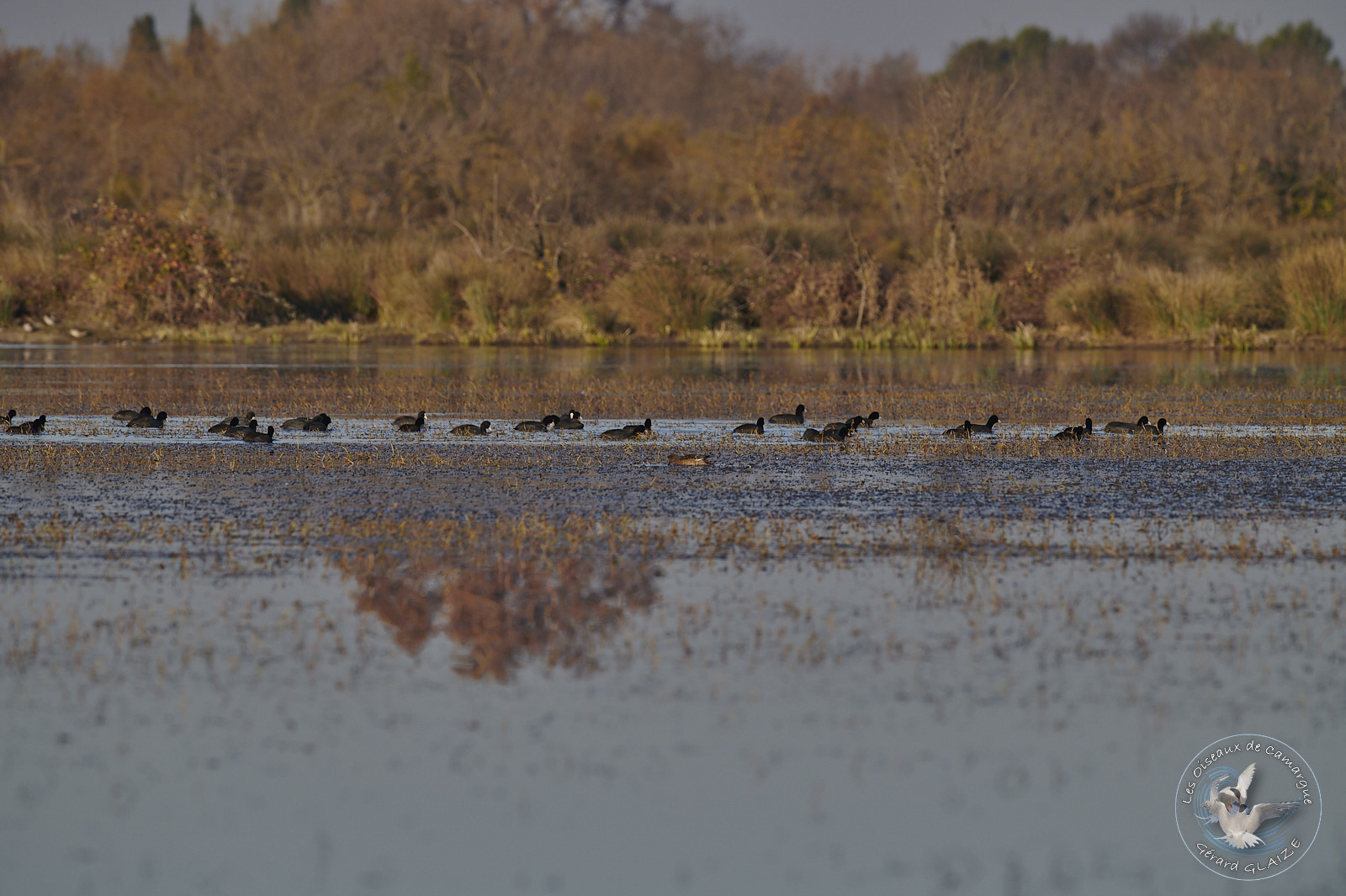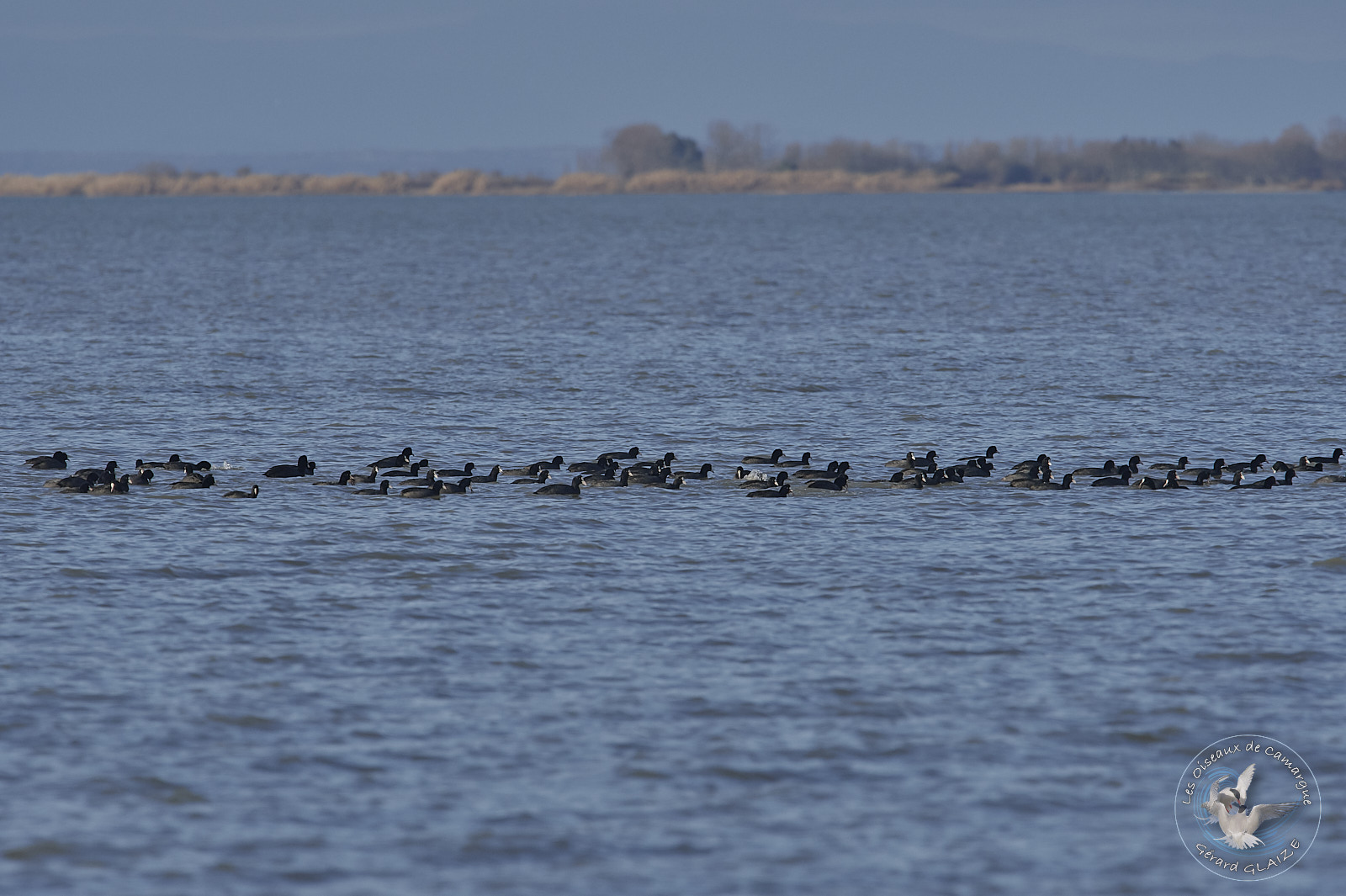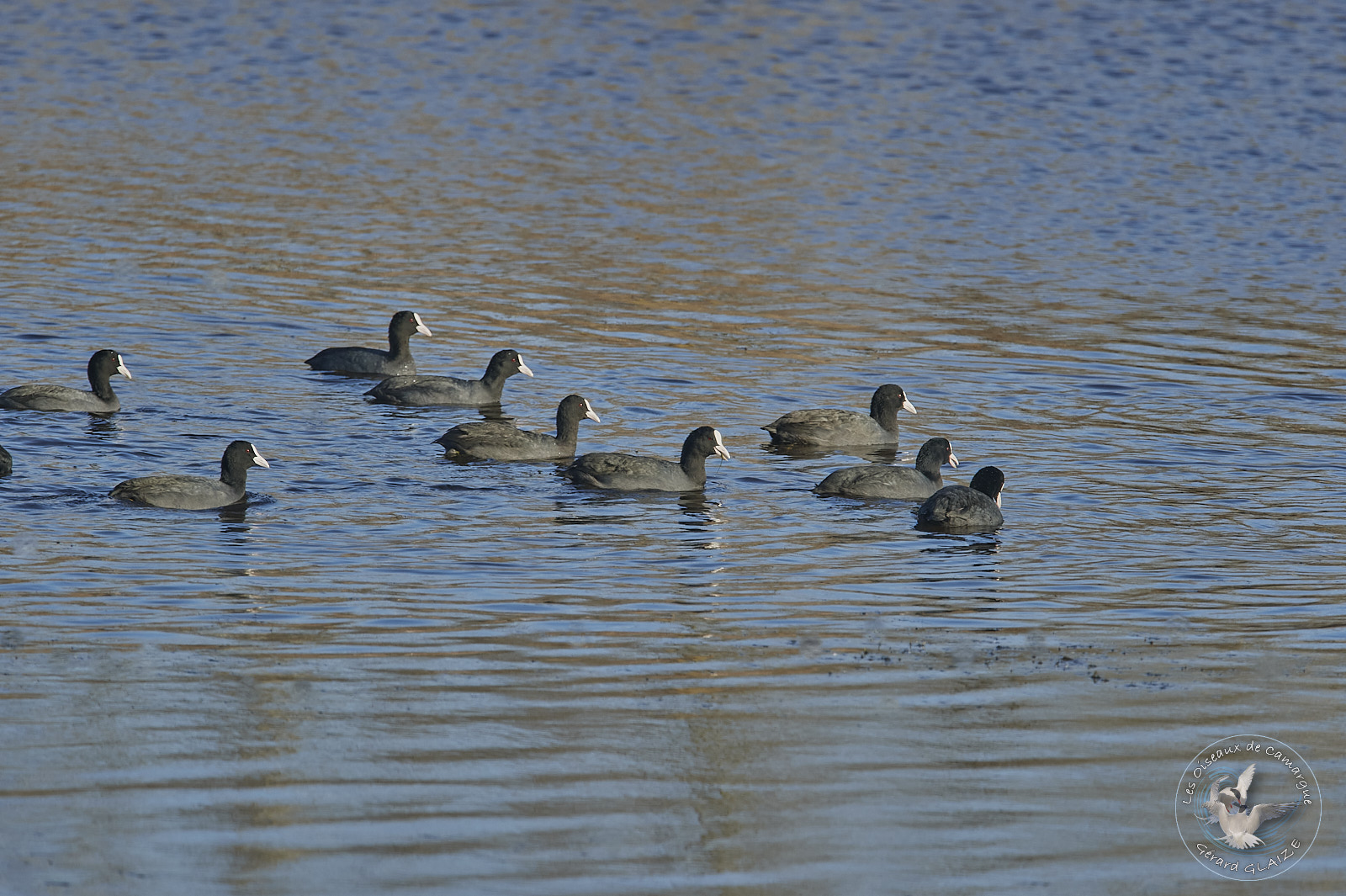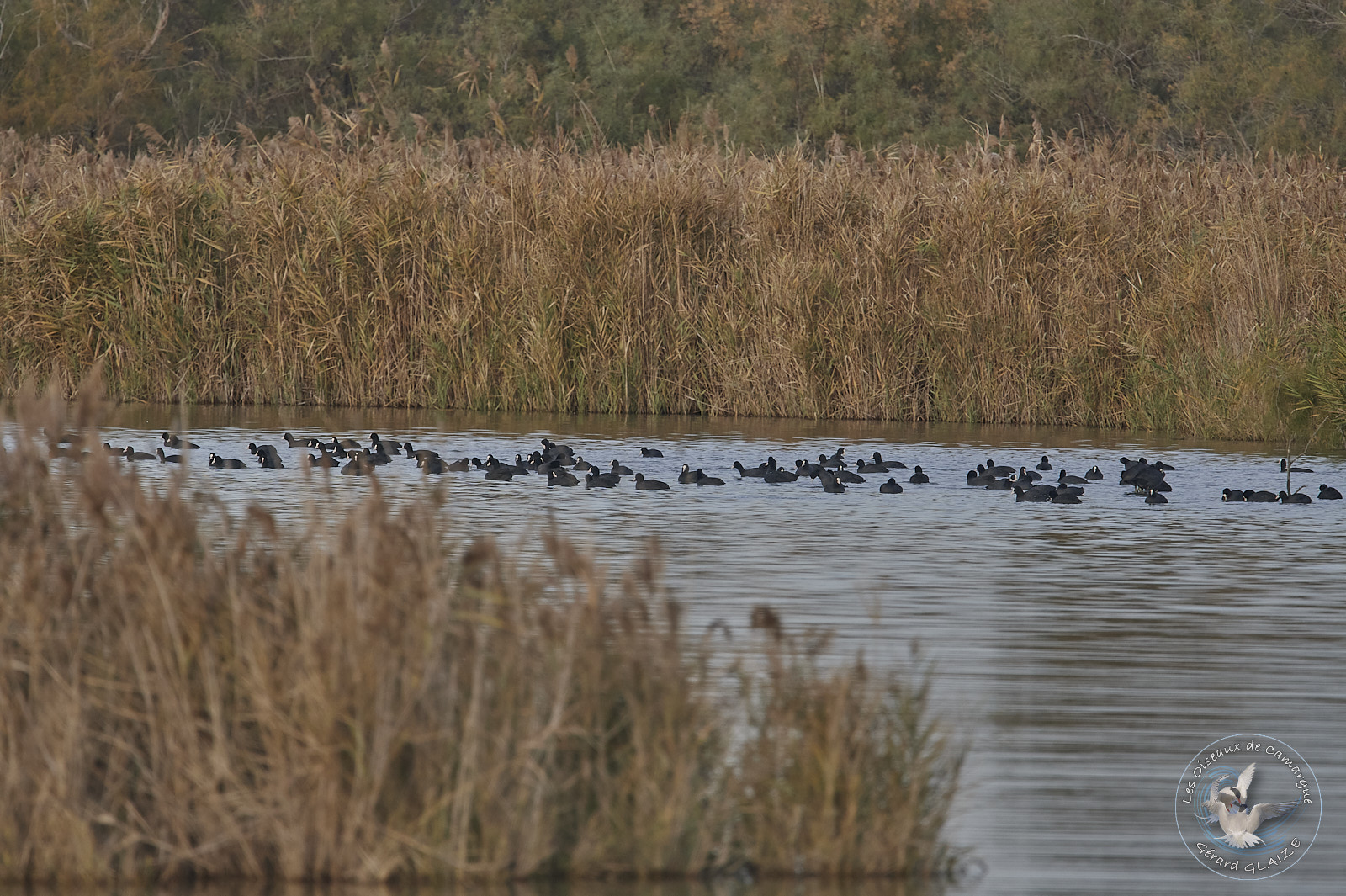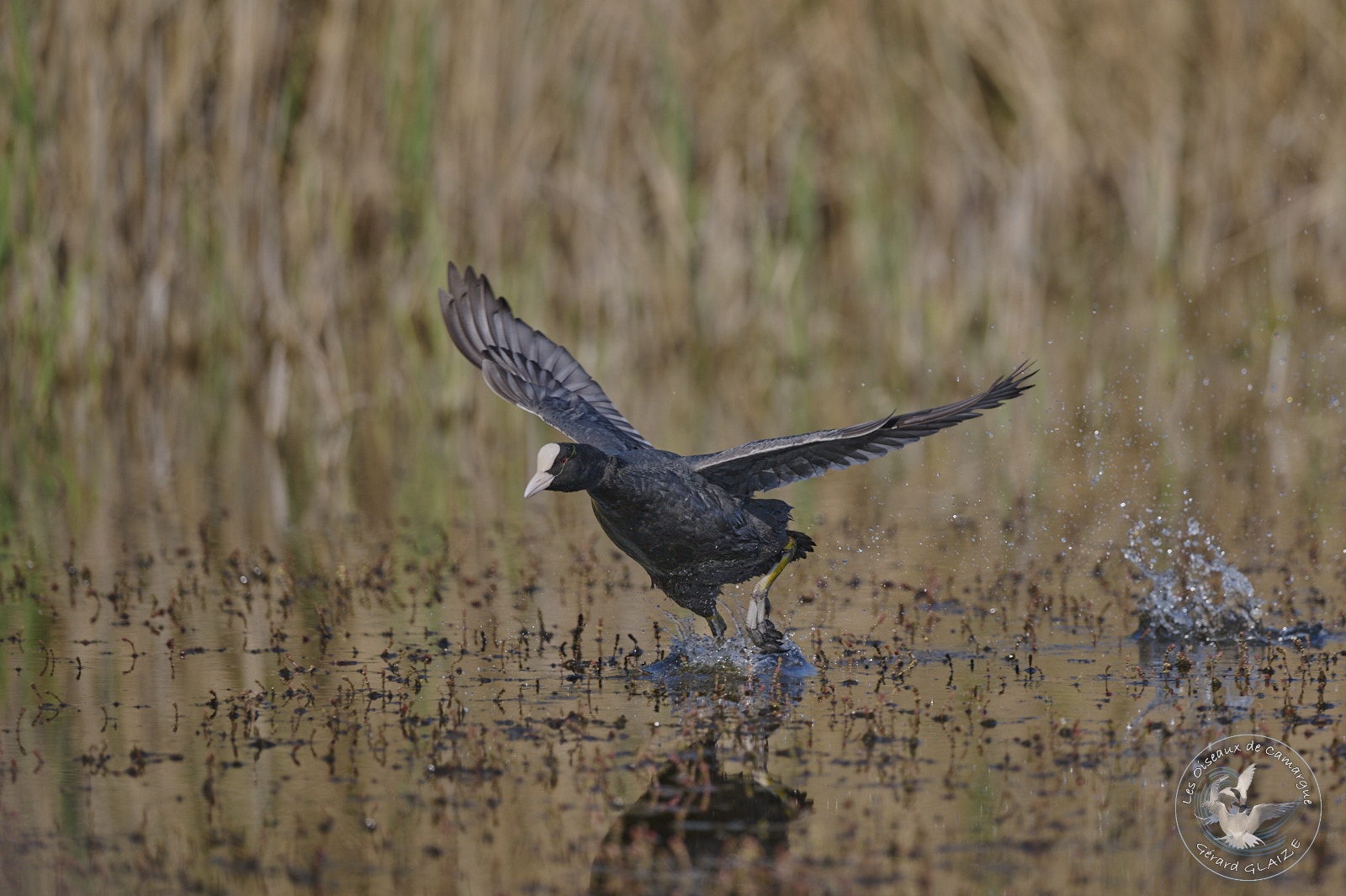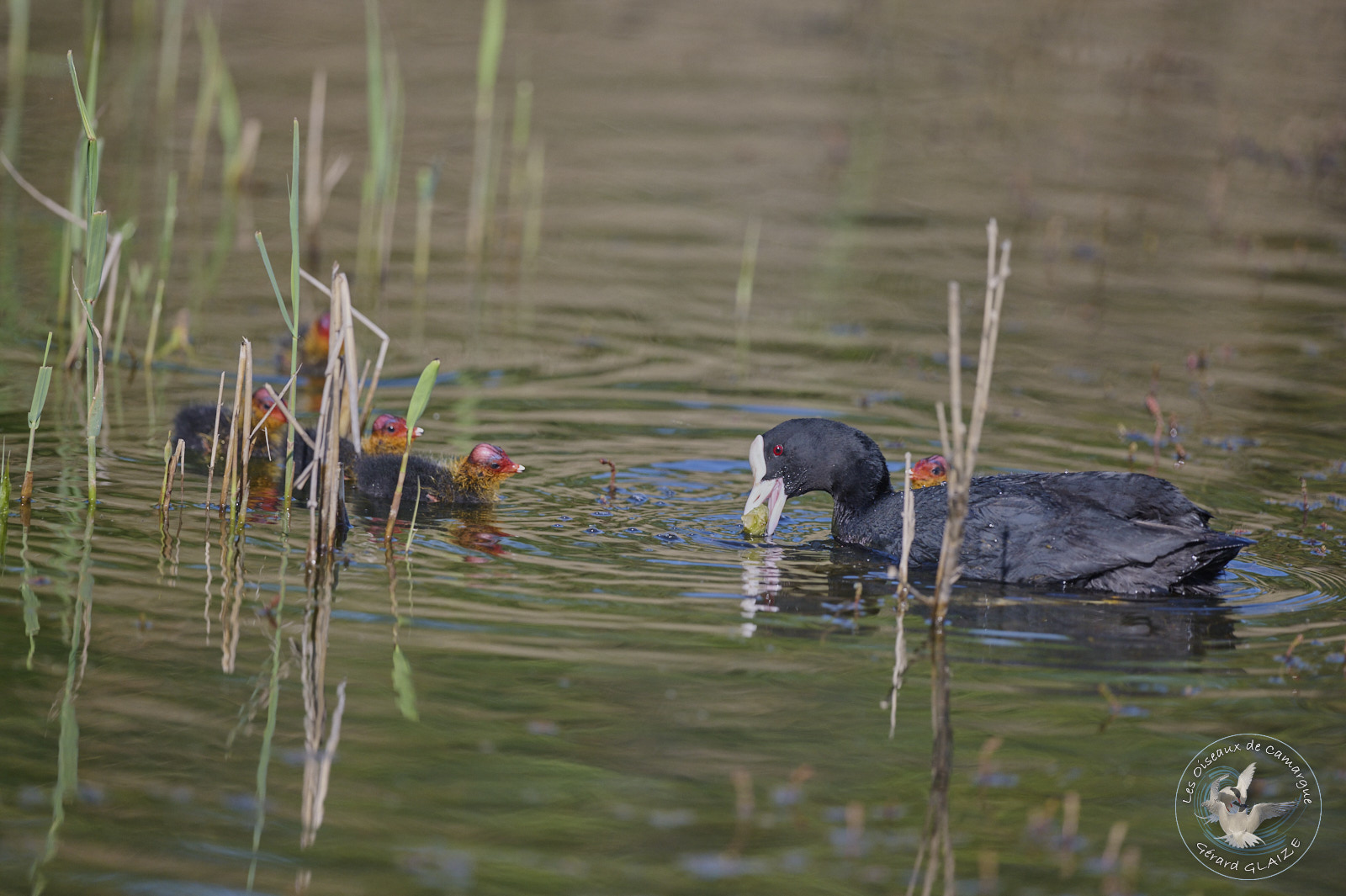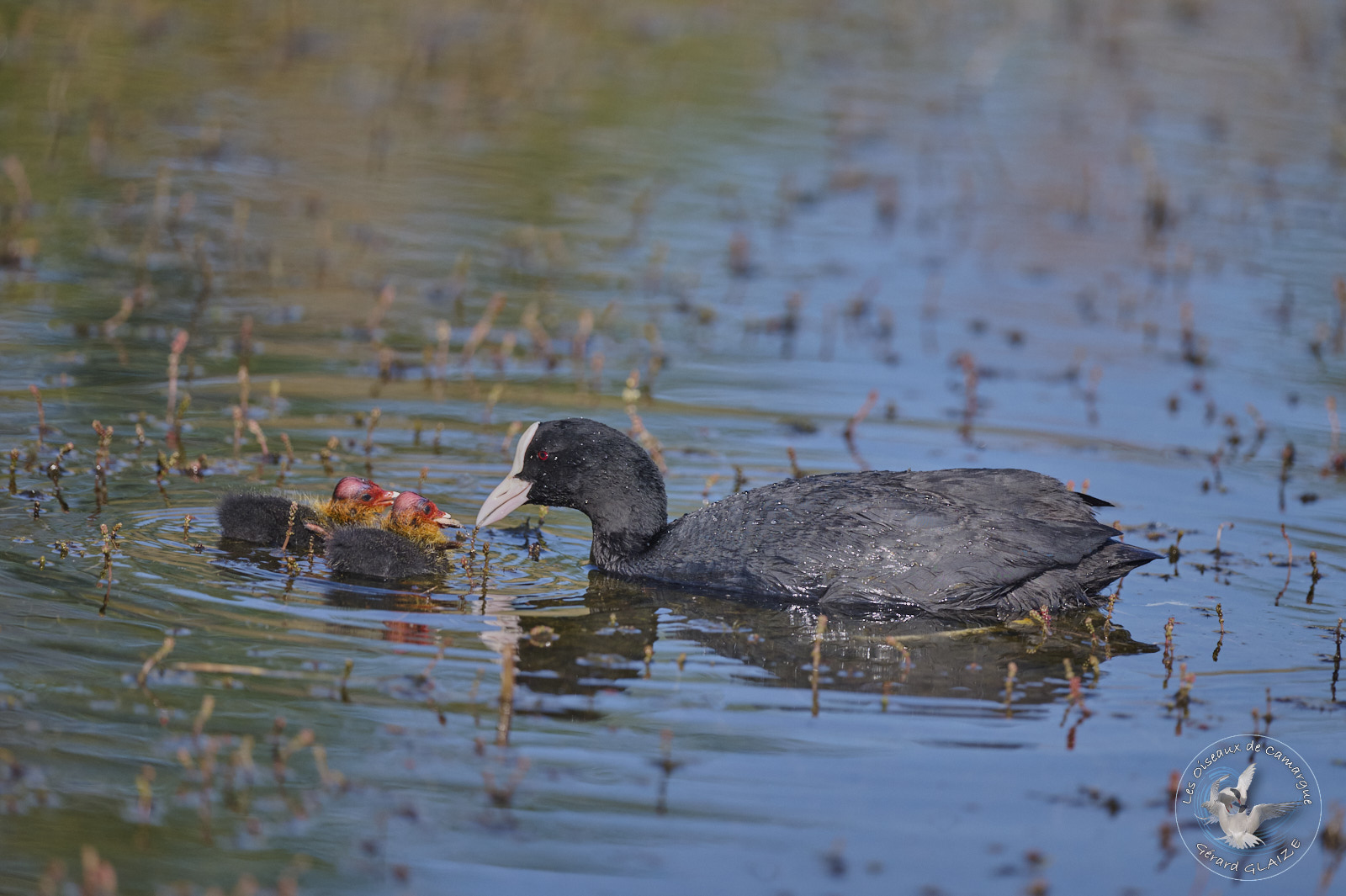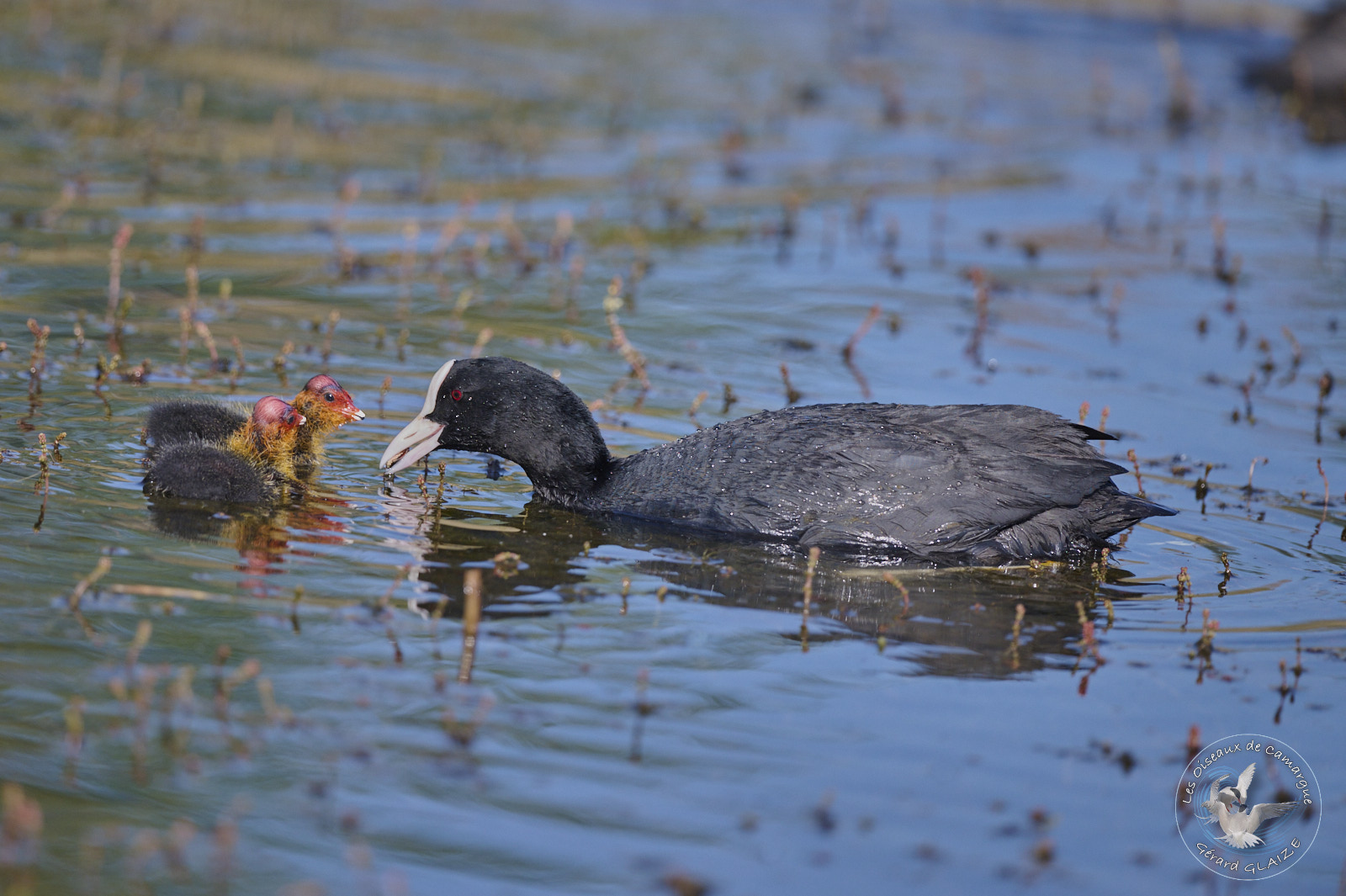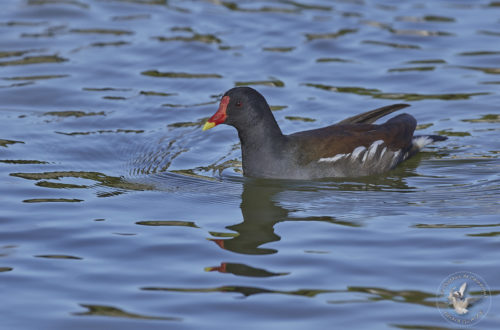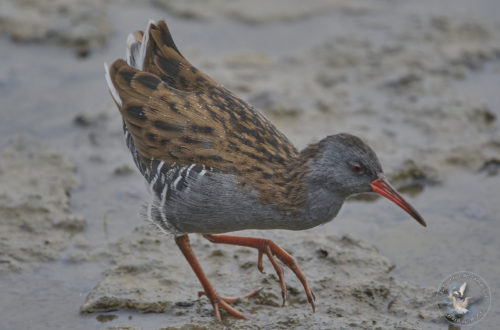Eurasian Coot
Last updated on November 15th, 2023 at 06:33 pm
Eurasian Coot (Fulica atra) is a species of bird in the Rallidae family. Larger than the moorhen (with which some confuse it), the Eurasian coot is a rounded bird. Its plumage seems entirely black, in fact it is anthracite-grey. The toes of the Eurasian Coot are not webbed, but provided with lobes. The plumage of most specimens is almost entirely black. It has a white beak surmounted by an equally white frontal shield (or escutcheon), round red eyes and white-edged secondaries.
Eurasian Coot
Scientific name : Fulica atra
Family : Rallidae
Long. de 36 à 39 cm, Env. de 70 à 80 cm
Weight : 575 à 900 gr
Flight
The flight of the Eurasian Coot is laborious in appearance. So she runs by stamping her feet on the water before taking off. The wingbeats are rapid, jerky and of low amplitude. These birds often prefer to run to escape predators, rather than fly away.
Habitat
The Eurasian Coot lives and nests in the banks of slow-flowing streams and in almost all types of wetlands. However, it is occasionally found in brackish or salt water. They are gregarious on water bodies in winter. They nest in reedbeds and among marsh plants. These defend their territory and hunt intruders.
Regime – Diet
The diet is omnivorous, with, however, a strong vegetarian tendency. Plants and small aquatic animals make up its diet. The Eurasian Coot often and skilfully dives for food, up to down to 2 m or even 4 m depth. She swims slowly, with a characteristic nod of her head.
Nesting
The Eurasian Coot nests in reedbeds or among marsh plants. During the breeding season, it is monogamous and territorial. It generally builds a nest of branches and plant matter, placed on a stump or plants on the surface of the water, often at shallow depth and clearly visible. The nest can be reinforced and raised if the water does not rise too quickly.
The female lays 5 to 10 shiny off-white eggs with light speckles. Incubation begins before the litter is complete and lasts a little over 21 days. As a result, the eggs hatch over several days. Most of the time, the first litters are laid at the end of April. The young feed alone around the age of 4 weeks. They have a red head and beak at birth.
Migration
It is a partial migrant. Thus the two most important wintering sites in France remain the Camargue and Lac du Bourget (near Aix les Bains). There are just over 10,000 coots there each year.
Protection
The Eurasian Coot is not globally threatened according to the Handbook of World Birds. The nominate race has increased its territory in Europe since the end of the 19th century. However in Europe, after a period of growth, the trend is declining. Habitat loss or degradation is thought to be the cause, as well as hunting in some countries. (BirdLife International news)
Cry
It is a rather noisy and very vocal bird. The most common cry, in inter-individual interactions, is a loud, repeated “tjek” or “kjek”. These calls are rather metallic and resonant, but also explosive when the birds are excited.
Useful Links
Other Links
- You can see the article from my site “Birds of Camargue” for more information on the Camargue and the Birds.


